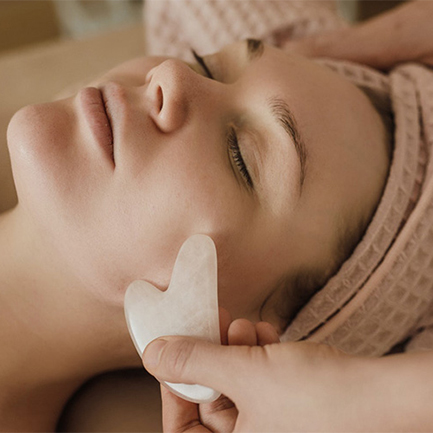Basal Cell Carcinoma
The most common cancer there is. The most common skin cancer. Low-risk but if left untreated can lead to lots of local destruction.
Basal Cell Carcinoma
Basal Cell Carcinoma is a low-risk skin cancer that typically forms over sun exposed areas. For the majority of patients the risks of developing a BCC is related to skin color and sun exposure. We think that high intensity or blistering sunburns place individuals at higher risk.
I have a BCC – now what?
Don’t panic! While this does show that you have had a good bit of sun exposure it isn’t the end of the world. Depending on the type of BCC, and the location, there are different treatments. We can tailor the individual treatment to the

patients health status and way of life. However, in most cases the treatment is a surgical procedure.
How do you treat a BCC?
As above this depends on the type and location. Below lists a few options:
Superficial BCC (thin ones) – Dr. Contestable’s recommendation is topical treatment with Aldara (imiquimod) – this requires once daily application of a cream 5 days per week for 6 weeks and cures about 80% of these low risk cancers. The cosmetic outcome with this is typically excellent, but it does require a long treatment and typically some inflammation, redness, irritation to the treated area.
Nodular BCC (most common type) – There are 3 main options – ED&C (scrape and burn), excision (cut it out), or Mohs (more precise excision, but only allowed for certain locations). Your physician will discuss with you what may be best in your case. Radiation can also be an option depending on the location.
Aggressive types of BCC (less common) – “aggressive types” of BCC are typically called infiltrative BCC. These should nearly always be treated with surgery or radiation.
What is an ED&C?
An electrodessication and curettage – sounds complicated – but it’s fairly simple. The area of the skin cancer is numbed with injected lidocaine. Then a curved sharp instrument (curette) is used scrape away the skin cancer. An electrical device is then used to injure the base to create a “margin”. The margin makes it more likely that the entire cancer is removed. No pathology specimen is recovered, cure/treatment is based on feel and experience. No stitches are needed and therefore to restrictions in activity are typically required.
What is an excision?
An excision is simple. We mark the area of the skin cancer, then add a margin (typically 4-6mm) then remove the skin

cancer and margin in a “football-like shape” (ellipse). The area is sewn together. There is a slight risk for infection and bleeding. Restrictions on activity are typically needed for at least 1-3 weeks.
What is Mohs?
MOHS is named after Frederic Mohs who developed the procedure. It is similar to an excision, except that after a smaller margin is taken the skin cancer is examined under a microscope to ensure the skin cancer is completely removed. The cure rate for BCC approaches 98%. See below for more information.
Source: American Academy of Dermatology (link - https://www.aad.org/public/diseases/skin-cancer/types/common/bcc)
American Academy of Dermatology (link - https://www.aad.org/public/diseases/skin-cancer/types/common/melanoma/mohs-surgery)
ACMS (link – https://www.mohscollege.org/)
For Physicians only (or patients of Dr. Contestable) – “BCC – Patient Handout”

